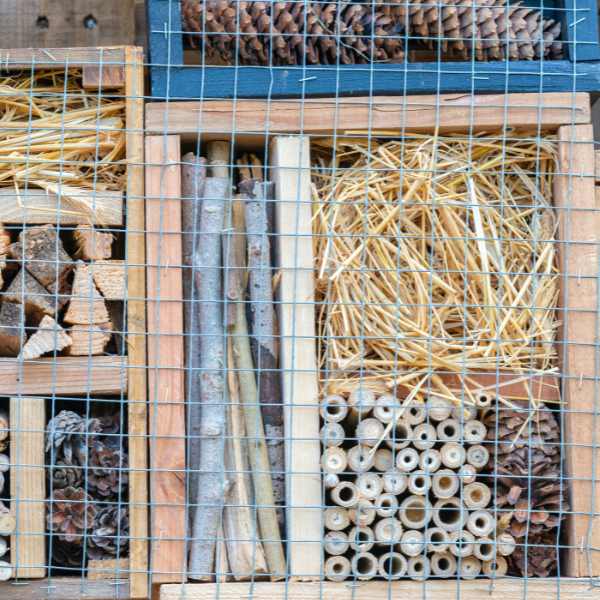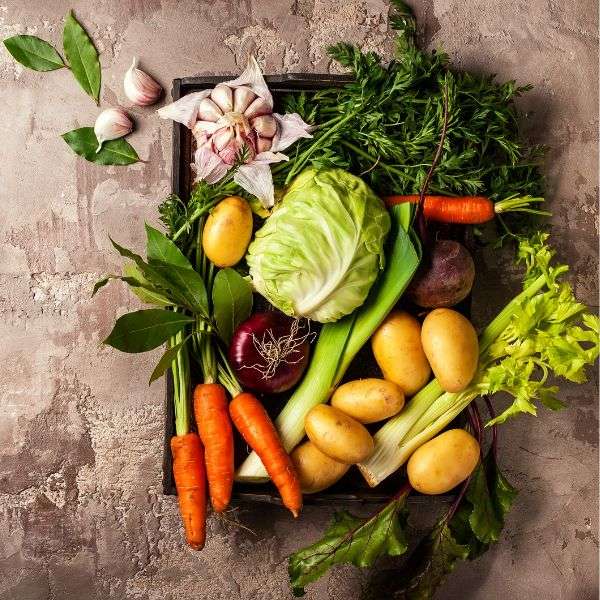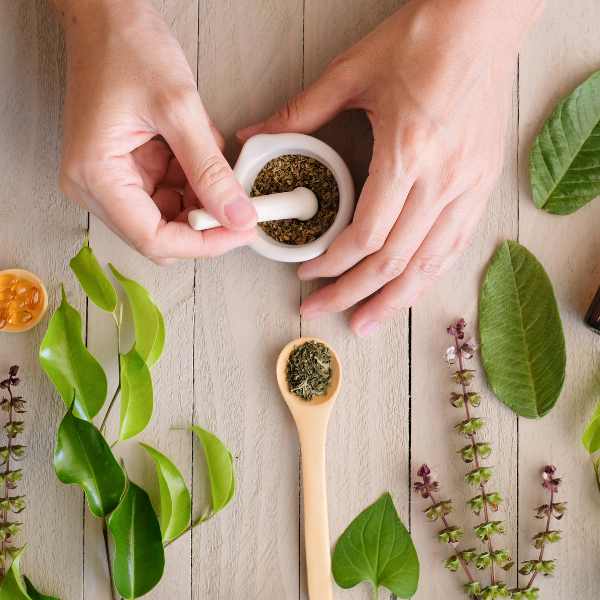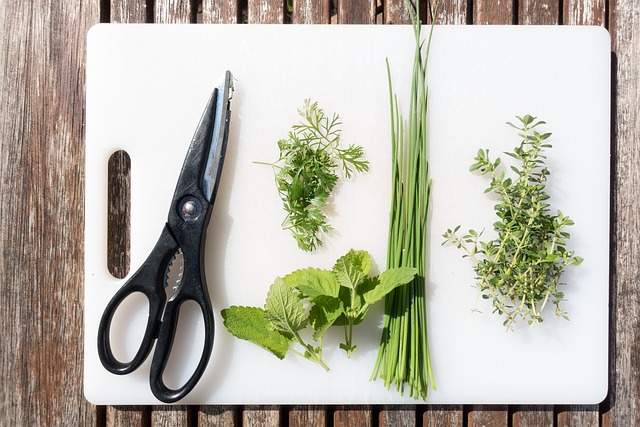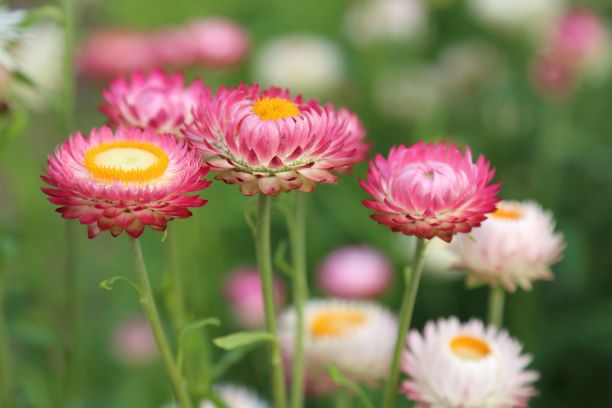How To Cultivate A Bee-Friendly Haven in your Garden
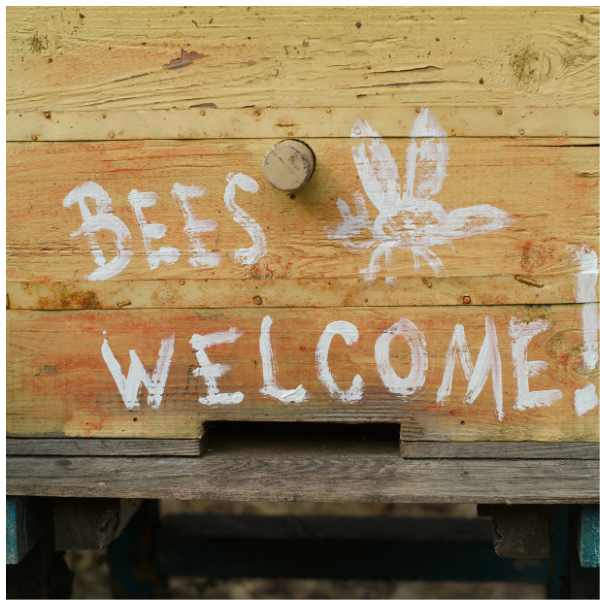
Explore the enchanting world of pollination, where the delicate dance of blossoms and the gentle hum of bees create nature’s symphony. Amidst this magic, let’s focus on the unsung heroes—the bees. These industrious pollinators, responsible for 35% of the world’s food, are essential architects of our delicate ecosystem.
However, faced with challenges like industrial agriculture, habitat loss, and climate change, bee populations have sadly decreased by about a third. The urgent need to protect these vital contributors to our global food supply has never been more apparent.
Embark on a journey with me to cultivate gardens that not only celebrate nature’s beauty but also serve as havens for our buzzing companions. Let’s create spaces that support bee populations and contribute to the preservation of our ecosystem.
The Plight of the Bees
Industrial Agriculture’s Impact on Bees: The vast expanses of industrial agriculture present a challenge to bee populations. Monoculture practices and the widespread use of pesticides pose a significant threat, leading to a worrisome decline in bee numbers.
Climate Change: The ever-shifting global climate patterns further complicate the plight of bees. Changes in temperature, precipitation, and seasonal patterns disrupt the delicate dance between plants and pollinators, impacting the availability of flowers and leaving bees in search of sustenance.
Floral Scarcity in Modern Gardens: In modern gardens meticulously curated for aesthetic appeal, bees encounter a paradox. The limited variety of blossoms in such settings results in bees yearning for consistent and diverse nectar sources.
Human-Driven Habitat Loss: Urbanization and land-use changes driven by human activities reshape the natural landscape, posing a challenge to the coexistence of bees. Habitat loss diminishes foraging areas and nesting sites, raising questions about our ability to harmoniously live with these essential pollinators.
.
Bee Friendly Garden Guide
1. Floral Diversity
- Populate your garden with a diverse array of flowers, creating a year-round banquet for bees.
- Choose blooms in various colors and shapes to cater to their nuanced preferences.
- Prioritize single-headed blooms, offering accessible nectar and a welcoming landing pad for these buzzing companions.
2. A Fragrant Feast
- Infuse your garden with bee-friendly herbs like Lavender, Rosemary, and Basil.
- These not only add aromatic charm to your surroundings but also provide a delectable feast for our winged friends.
- Picture a garden where delightful fragrances mingle with the buzz of contented bees—a true sensory delight.
3. Vegetable Harmony
- Cultivate vegetables that contribute to the bee-friendly ambiance while offering a bountiful supply of nectar.
- Zucchini, pumpkins, and cucumber, relying on bees for pollination, create a thriving ecosystem within your vegetable patch.
4. Blossoming Companions
- Allow certain vegetables like carrots and broccoli to flower, contributing both aesthetic allure and sustenance for bees.
- Imagine the vibrant colors enhancing the overall beauty of your garden and serving a feast to our winged compatriots. It’s a visual feast for you and a banquet for them.
5. Wild Corners
- Embrace a touch of wildness by leaving corners untamed.
- This adds rustic charm to your green space and provides bees with coveted nooks and crannies for nesting—an essential element of their sanctuary.
6. Avoid Insecticides
- Opt for natural alternatives or pest-resistant plant varieties to protect both unwanted pests and our invaluable bee populations.
- Your garden becomes a safe haven, free from the harmful shadows cast by chemical intruders.
7. Log Retreats
- Introduce logs in quiet corners to create a haven for bee species that thrive in rotting wood.
- By drilling holes into these logs, you enhance their desirability as nesting spots—a thoughtful addition to your garden’s biodiversity.
8. Bare Soil Sanctuaries
- Allow patches of bare soil to persist, as some bee species burrow into such areas for shelter.
- A lighter approach to mulching ensures ample space for these ground-nesting companions to thrive, fostering a diverse environment.
9. Rocky Residences
- Retain unfilled rocky crevices, providing additional options for bee species that make their homes in such sheltered spaces.
- Imagine your garden as a landscape of opportunities, offering various habitats for a diverse range of bee species.
10. A Garden of Knowledge
- Share your knowledge with fellow gardeners about the importance of bee-friendly practices
- Encourage the creation of bee-friendly environments in the broader community.
- Picture a community of like-minded individuals working together to create a network of bee-friendly gardens, amplifying the impact of your individual efforts.
11. Seasonal Planning
- Plan your garden layout considering the changing seasons.
- Ensure a continuous supply of flowering plants to sustain bees throughout the year, creating a dynamic and ever-changing landscape that keeps bees engaged and nourished.
12. Stewardship for a Thriving Ecosystem
- Become a steward of a thriving ecosystem within the confines of your own backyard.
- A testament to the power of a single gardener making a significant difference in the world of bees. Your endeavors will contribute to the global effort to ensure the survival of these invaluable pollinators.
To find out more check out the BeeAware website, a comprehensive site on all things bees within Australia.


